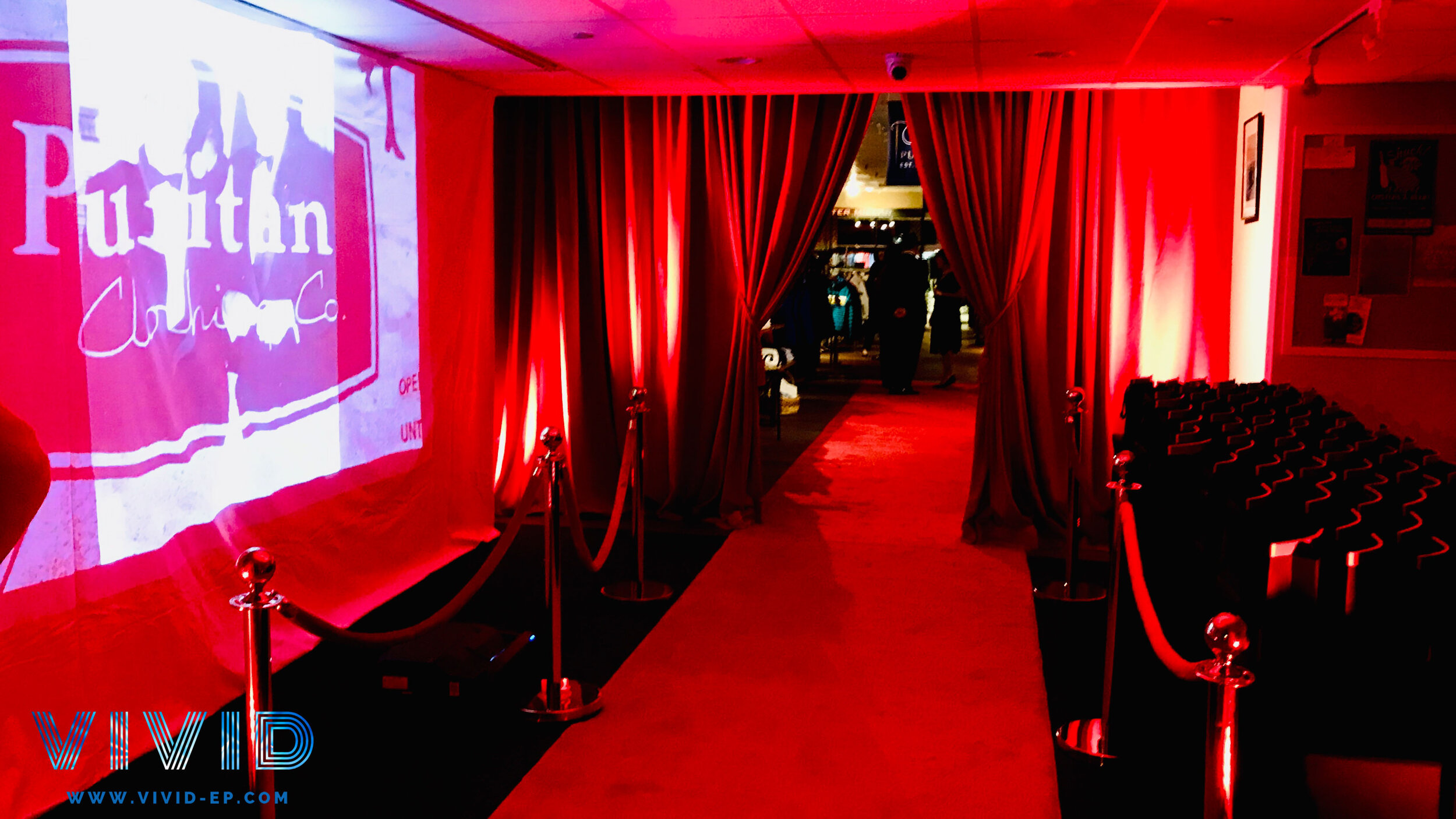Essential Strategies for Enhancing the Lifespan of Your Light Emitting Diode Wall
Wiki Article
Light Emitting Diode screens are becoming progressively widely used for multiple purposes, from advertising to leisure. To ensure that these screens operate effectively over the years, it is essential to adopt tactics that extend their durability. Understanding the factors that affect the longevity of Light Emitting Diode screens can assist users maintain their performance and avoid unneeded substitutions.
One of the primary factors that can extend the lifespan of an LED wall is appropriate setup. It is crucial to have a skilled crew handle the installation process to ensure all components are properly attached. Inadequate setup can result in power issues or physical damage. Additionally, the placement of the Light Emitting Diode wall should consider surrounding factors such as sunlight exposure and humidity levels. A properly set up display in a suitable location will minimize the chance of damage caused by external elements.

Regular maintenance is another crucial tactic to prolong the life of an Light Emitting Diode screen. This includes routine checks to monitor for any signs of wear or failure. Dust and dirt can build up on the top of the Light Emitting Diode screens, affecting luminosity and color quality. Cleaning the displays with appropriate cleaners will help maintain optimal clarity. It is also essential to monitor the components behind the screen, making sure that all connections are secure and that there are no overheating issues, which can greatly reduce the durability of the parts.
Power management plays a vital role in improving the lifespan of an Light Emitting Diode screen. Over-voltage or fluctuating power supply can harm the inner circuitry. To avoid this, using a reliable power supply and implementing surge protection measures is recommended. Additionally, adjusting the screen to function at lower luminosity levels when intense luminosity is not necessary can lessen wear on the LEDs. This not only extends the lifespan of the wall but also saves power, making it a cost-effective option.
In addition, program management can influence the performance of Light Emitting Diode screens. Consistently refreshing the program that operates the screen ensures that it runs efficiently and incorporates any essential security patches. Outdated software can lead to performance issues and may expose the system to vulnerabilities. Proper scheduling of content can also assist with overseeing the demand of the screen, permitting it to rest during off-peak hours, which can contribute to a longer lifespan.
In summary, extending the lifespan of an LED screen involves a mix of proper setup, routine maintenance, efficient electric management, and diligent program management. By concentrating on these essential tactics, users can guarantee that their LED screens stay functional and aesthetically pleasing for many years. Implementing proactive steps will not only improve led wall functionality options the performance of the Light Emitting Diode screen but also offer a greater return on cost over time.